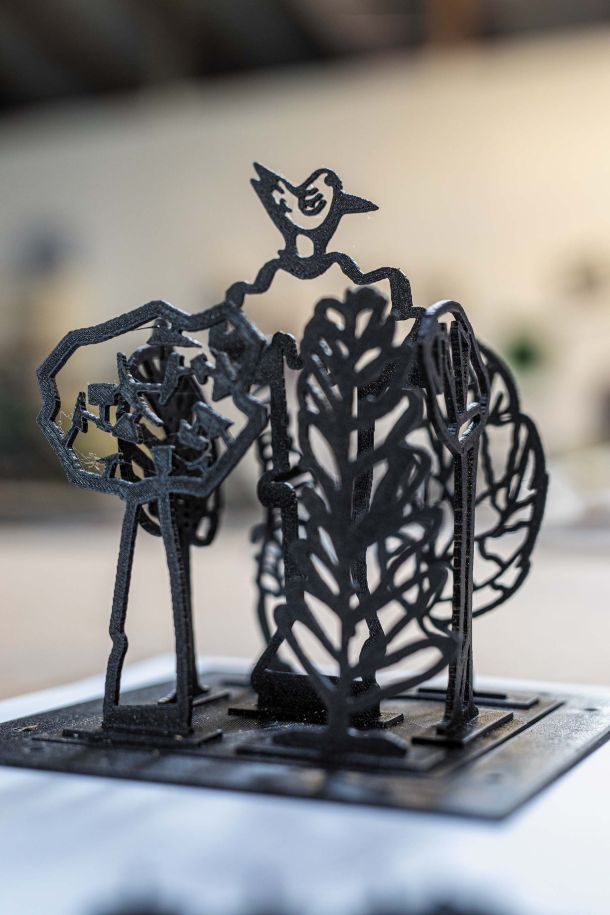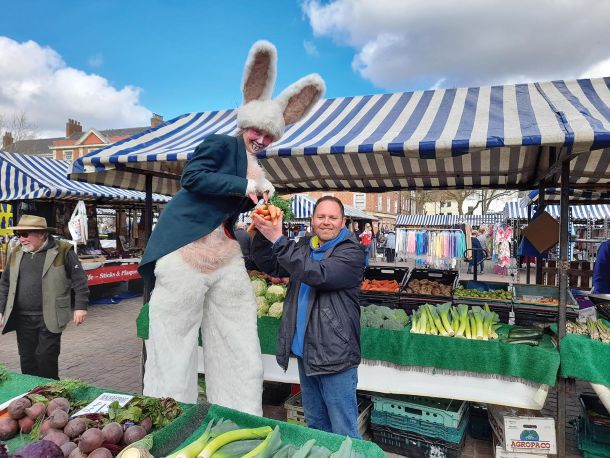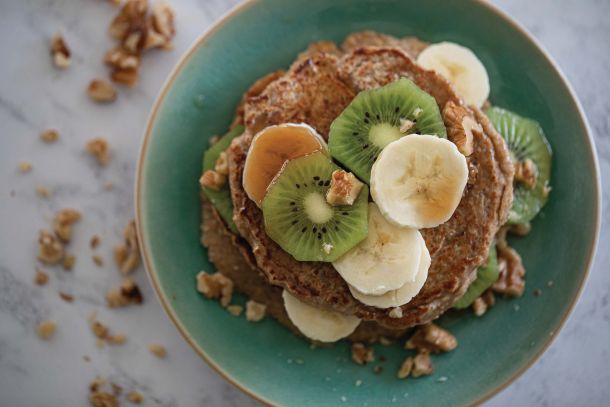Bobbin About
Bobbin lace traces its roots back to fashion popular in the 16th century, right through to the early 20th century. It has recently seen a resurgence in popularity as a relaxing and rewarding hobby, but for Suzanne it is a long-term love that has seen her go on to create countless collections and bespoke pieces, and brought her a legion of fans and private commissions.
Suzanne was first introduced to Bobbin lace just after her seventh birthday and became involved with the Nottingham Lace Society - Young Lace Makers and the Calverton Young Lace Makers. It was during her involvement at Calverton that she took part in the collective entry for an English Lace School John Bull Trophy and they won the Poole Trophy. The rest is history with lace accompanying her throughout her formative and adult years, and four years’ ago led to her giving it full focus as a successful business.
Bobbin laces, in contrast with lace making does not involve a needle, but rather it is made by using a ‘pricking’ - a pattern drawn on parchment or card - that is attached to a padded support, pillow or cushion. An even number of threads are looped over pins arranged at the top of the pattern, and each thread is then wound at it its lower end around the neck of the bobbin. The bobbin itself provides tension that makes manipulating the threads so much easier and also helps to keep the thread clean.
“The threads are crossed over or twisted around each other” explains Suzanne, “this way they produce solid areas of either linen-stich or half-stitch, areas of decorative filling stitches and a background of net or bars which links the motifs together.”
The first written mention of Bobbin laces dates back from 1536 (in the introduction to the Zurich pattern book printed in 1561) and places their origin in Venice. It seems their first use in fashion dates form the end of the 16th century when they imitated and began to compete with the needle lace Reticella (originating from the 15th century), which was already in use for ruffs and other accessories.
The very first Bobbins are likely to have been animal limb bones, although nowadays lace makers question how they could have been satisfactory since even tension requires bobbins to be of equal weight, and these would have been far from adequate. Later, specially made bone Bobbins were used, and then wooden ones were favoured. Occasionally glass and beadwork were used to create what were regarded as novelty Bobbins, for decorative reasons more than anything else. These are now popular with collectors of needlework tools.
It would seem that Bobbin lace has been much revered through the ages, and as Suzanne explains its versatility is key, “There is no limit to lace and what you can do with it, not to mention the pleasure in creating a design. The entire process is incredibly therapeutic.”
You cannot help but admire the extraordinary intricate nature of this art, but at first glance you would be forgiven for feeling a little daunted by the prospect of taking this up as a hobby. So, is it hard to learn?
“Anyone has the capacity to learn and to create” enthuses Suzanne, “I have found over the years of giving tutorials and in my workshops that it is often the less creative types, usually those good at mathematic and science, that pick it up much quicker. Children, too. It is a very logical art.”
A typical piece for Suzanne can take up to 300 hours, although the lace making is the quickest part, as the pattern must be designed first. In fact the design element can take a great deal of time to create be applied to the grid. There are various grid types; 45 and 60 degree are both popular. Suzanne tends to work on 45, 52 and 72 grids, to suit the style of her work. All in all, this is along process from the first seed of a design through to the finished article, requiring, a great deal of detail and a creative vision of where you want the piece to end. The design also needs thought and Suzanne often draws inspiration from nature and movement when first sketching a piece.
“You need plenty of patience. This is not a hobby that offers an instant gratification. You have to be in it for the long haul, and emerge yourself into the journey as the lace starts to take shape. It is incredibly rewarding though, and I find it so relaxing. It is after all an activity that promotes mindfulness. I can switch off from daily chores and worry, and accompany the lace.”
With so many commissions and collective projects on the go, you cannot help but think that perhaps this must consume every hour of the day, but as Suzanne explains “The beauty of lace making is that you can put a piece down and pick it up again however you left it, which means you can have various projects on the go at one time, making it easier for a collective body, or when accepting bespoke projects.”
From earrings and hanging decorations through to wall art and cushions, Suzanne is working on a number of beautifully designed pieces, with a particular demand in recent times for bespoke fascinators.
“Perhaps in the past people wanted to blend into a crowd” she muses. “Now though, so many women approach me wanting something unique and that screams statement. After all, who wants to turn up to a wedding, christening or race day, for example, and see another lady wearing the same head piece!”
Lace-aside, whenever there’s a spare moment, Suzanne volunteers as a Trustee for her local W. I. and enjoys making a host of other creative multi-media projects.
“I love a spot of photography, listening to rock music (more recently, particular local emerging bands), sketching, rubber stamping, Indian block printing and sometimes some felting. I find I benefit from the diversity these offer my creativity. And they all share the relaxing benefits of mindfulness. Actually, there are several possibilities I am considering with combining lace and Indian block printing at the moment to try something new. Watch this space!”
SP Creative Crafts has an excellent store on Etsy and E-Bay with a variety of jewellery, printed bags, decorations, fascinators, wall art and china mugs available. There are also several lace making kits and Suzanne is available for tutorials. Keep an eye out also for your local Inspire library events calendar as she often collaborates with them on community lace making courses.
With commissions coming in, pupils to teach, and talks with several galleries and craft shows for exhibitive work, there seems to be plenty a’bobbin.














